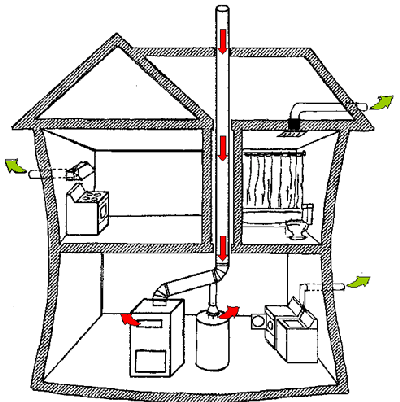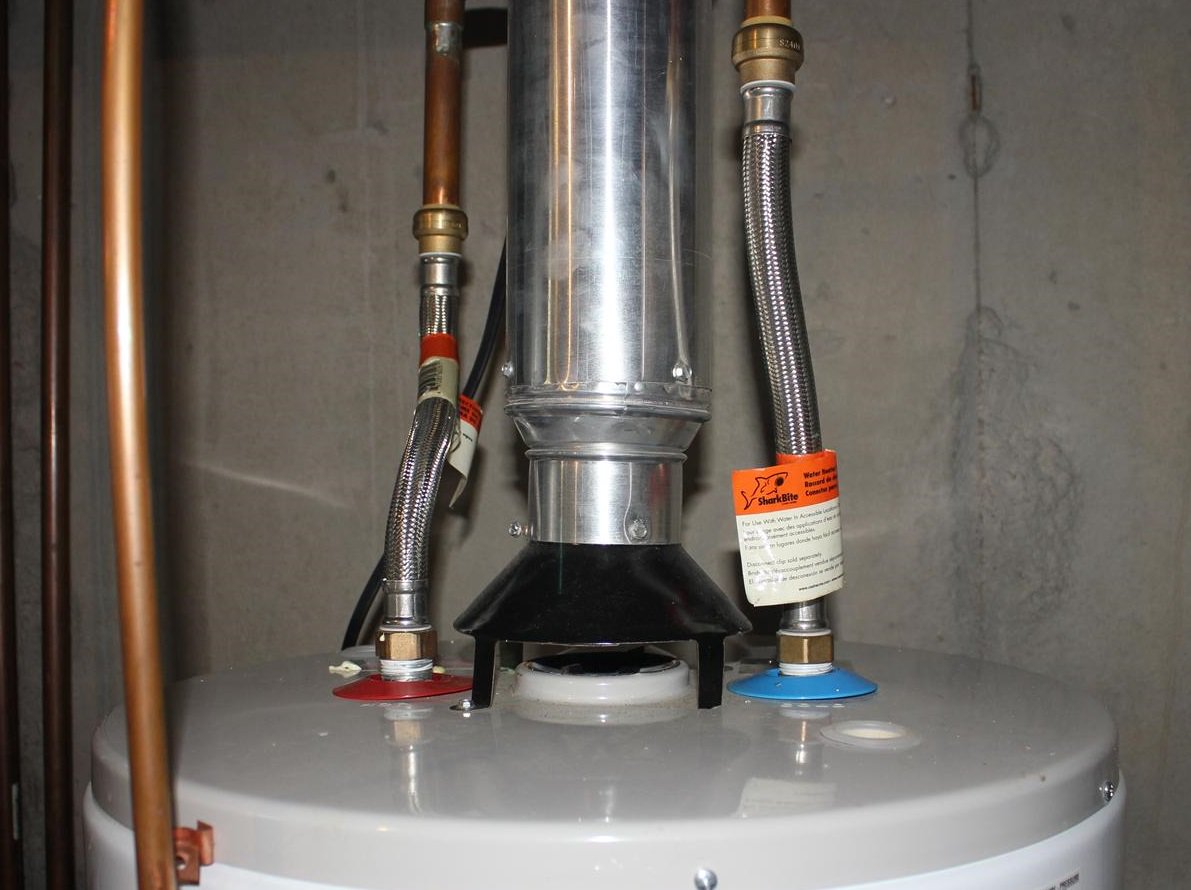We are quickly approaching the heating season and for a good portion of you, natural gas is likely your method. In fact, according to a study conducted by climate control, almost half the US is using natural gas as their primary heating fuel choice. Granted these numbers come from 2013, you can expect that it is still a top source for heating equipment found in homes. Now don’t get me wrong, I use natural gas in my home and I absolutely love it for a few reasons:
- It burns more efficiently
- Gas is typically cheaper
- The home doesn’t seem to be as dry as homes I have lived in with an electric furnace
This is just one of the gas appliances in my home and for many of you reading, it probably isn’t your only piece of equipment being heated with gas. Water heaters, stove tops, boilers and furnaces are other things that homeowners hook up to a gas line. While natural gas may be your preferred method and it carries a lot of upside, there is a major problem that occurs inside of homes that many homeowners overlook unless it is bad enough to catch their attention. However, just because it doesn’t catch your attention does not mean it still isn’t an issue that needs to be resolved. Not just for your safety but also your health. I am talking about back drafting of combustible appliances.

Back drafting is the event of harmful gases released from your combustible equipment (water heaters, furnace, fireplace, stove, etc.) being pulled back into the home where you live. A main culprit in this: negative pressure. Negative pressure is created when the pressure inside your home is lower than the pressure outside your home. Pretty easy right? Think of it as you would any standard math equation and you will never forget. The pressure inside your home is your starting point and then subtract your outside pressure. If you have a negative number then you suffer from negative pressure and if you still have a positive number then you have positive pressure. If you land on zero then congratulations! Your home is balanced.
Every CFM that is forced outside of the home needs to be recovered and natures natural course is to force that air back in through whatever means necessary. This means leaks in your exterior that work back to the home such as exterior wall outlets, attic access points that are inside the home, can lights, and one of the worst… duct leakage. The duct system is under positive pressure on the supply side as it pushes air to each room and leaks along the way are forced somewhere. Those areas then need to force out the surplus of air somewhere. On the flip side, the return is sucking in air so it is creating negative pressure. Duct leakage on the return side means that air is now being pulled from areas along the return and other air is being forced in to make up the difference. This is where the problem with combustible appliances arises. If the duct leakage is significant enough it will begin pulling very bad air back into the home instead of the flue and out of the house as intended.

For instance, there is a gap where the top of your water heater and the flue meet with one another. The purpose of this gap is to pull in air from around the water heater which will help force out all the harmful air. Everyone knows warm are rises and this is exactly what is supposed to happen. However, an opening in anything allows free flow both ways so air can just as easily travel down the flue and into the home from the outside. This is where negative pressure becomes a big deal. If the pressure inside of your room with the appliance is low enough compared to what it is outside of the home near the flue pipe exit then, again, nature will take its course and air will be forced back down the flue to try and balance the space. If a situation like this occurs while the water heater is running then all that air that was supposed to be escaping through the flue will have no choice but to escape out into the room(s) around it. This is why it is so important that you not only have a CO monitor but that you regulary inspect and replace it to the manufactures specifications. Less efficient gas furnaces that only have a single flue are at a similar risk of back drafting. This write up provides some effective yet simple images to visually understand how this works: http://www.nationshomeinspections.com/blog/?tag=furnace
Another negative to negative pressure is that it reduces the amount of available combustion air which is needed for the appliance to operate properly. If there isn’t enough then you will have an incomplete combustion and this is bad for your equipment, bad for your health and bad for your safety. This can visually be seen by the change in your flame color or visible soot since you are now creating carbon. The water vapor that should have escaped might condense and stain the top of your water and you might even have melted plastic as a result of back drafting. There are many other telling signs of back drafting which are covered in a link later in this write up.
Back drafting of your appliances may not seem all that important especially if it appears to be very minimal but that doesn’t mean it’s not a problem. With all the intentional breaks in your building envelope such as windows, doors, kitchen venting and bathroom venting, the majority of homeowners have already set themselves up to be in the negative. The average duct leakage per household seen nationally is 20-30% so you are likely to be in the negative just based on your duct work. If you are unsure if you are being tormented by backdrafting or afraid to ask a professional, here is a pretty good read on how to look for signs of back drafting and determine how bad your situation is. https://structuretech1.com/water-heater-backdrafting-signs/ . Whatever you choose to do, dont accept living with poor IAQ that puts you and your family at risk especially when it can be resolved. Carbon monoxide affects 20,000 to 30,000 people a year in the United states; don’t be one of them.
